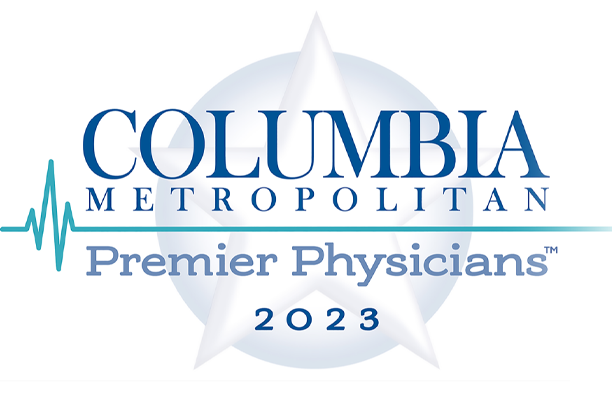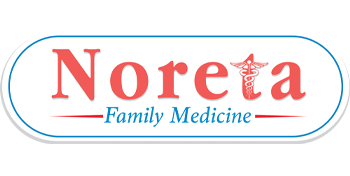Amputations, Community Health Workers, and a Healthier Columbia
The State newspaper published an investigative article in 2022 called “Cut Off” about the high rate of leg amputations (due to diabetes) in the 29203 zip code, which is in the middle of South Carolina’s capital city. Not only was the amputation rate high in 2016, but according to the article, it was the HIGHEST rate among zip codes in the South with a similar population. The effects of an amputation are devastating; 52-80% of these patients die within 5 years of their amputation. The article cites problems such as lack of access to primary care, lack of specialized vascular surgeons in Columbia, high rates of diabetes, and a high prevalence of convenience stores (and lack of full grocery stores) as contributors to the problem. The article goes on to state “Many believe it’s education and preventative care, delivered in the community, that is key to ending the crisis.” Thankfully, since that time, the amputation rate has decreased.
As a family physician, I was appalled when I read this article. It is nearly unbelievable to read these statistics and sad for the city of Columbia. As a doctor, my instinct is to switch into brainstorming mode to try to find a solution. The problem is that my solutions may not be what the community wants or needs. This blog post focuses on one solution that the 29203 and 29204 communities asked for themselves, perhaps not by name, but in principle – community health workers. If you’ve never heard of this type of healthcare worker, this article is for you!
One (short) paragraph in the State’s article mentions Healthy Columbia, an organization founded and run by an amazing woman, Terry Jowers. Healthy Columbia was a grassroots organization focused on improving health within the 29203 and 29204 zip codes. Terry wasn’t primarily interested in bringing outside help in, but rather, in diving into the community to find solutions from within. In a community meeting that Terry and Healthy Columbia held in 2011, the community asked for several things – better access to healthcare, more health education, access to fresh fruits and vegetables, and mental health resources for caregivers. In response to these needs, Healthy Columbia recruited and trained community members, aka community health workers, who lived within these zip codes to help to educate their neighbors. Healthy Columbia and the new community health worker team held frequent health fairs at community events, housing communities, and even in barber shops. I was fortunate enough to volunteer with Healthy Columbia, and it was fun, rewarding, and eye-opening. One person at a time, Healthy Columbia created bonds between neighbors, built trust, and improved health literacy. Change is slow to happen though, and the support for Healthy Columbia eventually ran out despite the momentum that the organization had built.
Since that time, the community health worker movement has grown in SC. Current goals for these workers include:
- Promoting healthy communities from within by helping their neighbors navigate the complex healthcare system
- Providing health education to their neighbors in culturally appropriate ways
- Building the ability and desire of the community to help itself
Many organizations, from DHEC to hospital systems to insurance companies, now employ community health workers across the state of South Carolina to help dive into the places in the community where their reach is weak. Community Health Workers are also acknowledged at a national level for the benefits they bring to their communities. As a natural transition, Terry went on to work with the SC Community Health Workers Association and is their current executive director.
From my first-hand experience, Healthy Columbia was on to something. People who didn’t have a primary care doctor started to come to their health fairs. Folks who had a doctor but had not seen them in a while started coming as well. Healthy Columbia showed value in sticking to the more difficult approach of helping set up an inside-out solution instead of waiting for the community to ask for help or having a larger organization pushing an outside-in solution that is less than ideal.
As a family doctor, I strive to provide education to patients at their level, and I’ve seen patients with quite a range of educational backgrounds over my career. I frequently tell my patients that my job is to be their primary care health advisor. Each patient is in charge of what happens with my advice outside of my office. Community health workers can step in at that point, helping to bridge the gap between doctor visits by reinforcing health advice through role modeling, education, and motivation. Having this assistance come from a trusted member of their own community is very helpful; I would argue it is necessary for struggling communities.
Read more at: https://www.thestate.com/news/state/south-carolina/article258302413.html#storylink=cpy
Have a good week! Feel free to contact me with any questions.
Melissa Boylan, MD, FAAFP
Family Physician and Owner of Noreta Family Medicine

